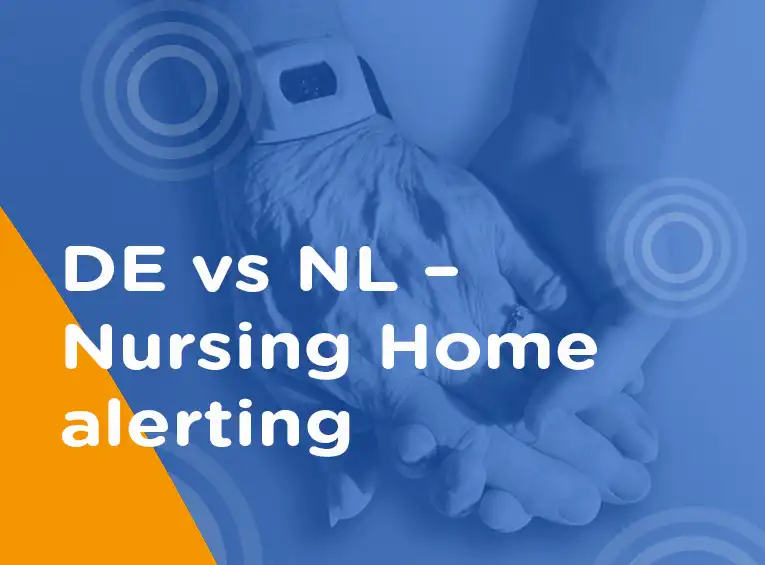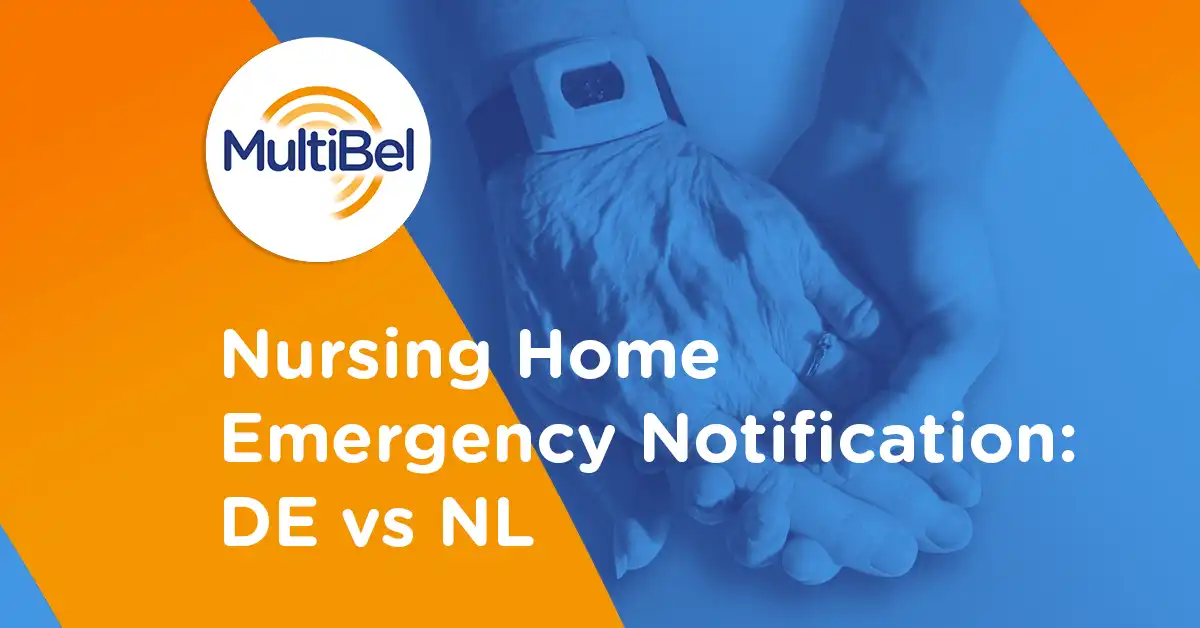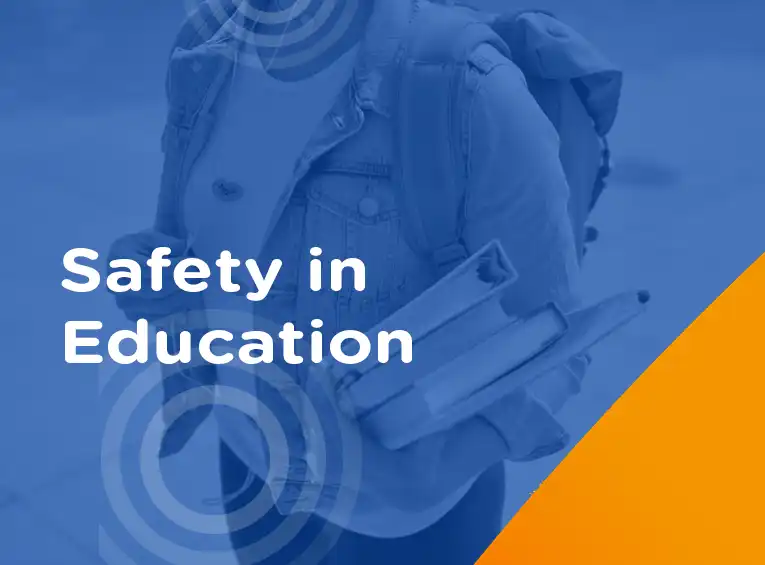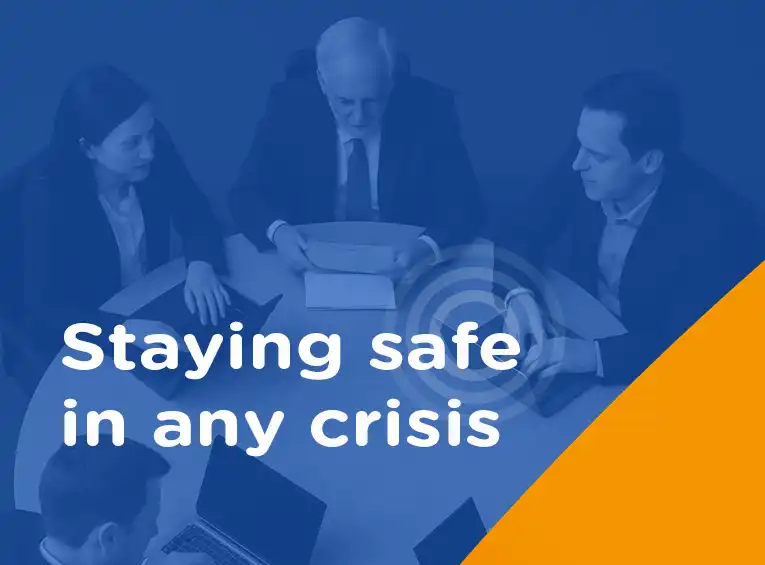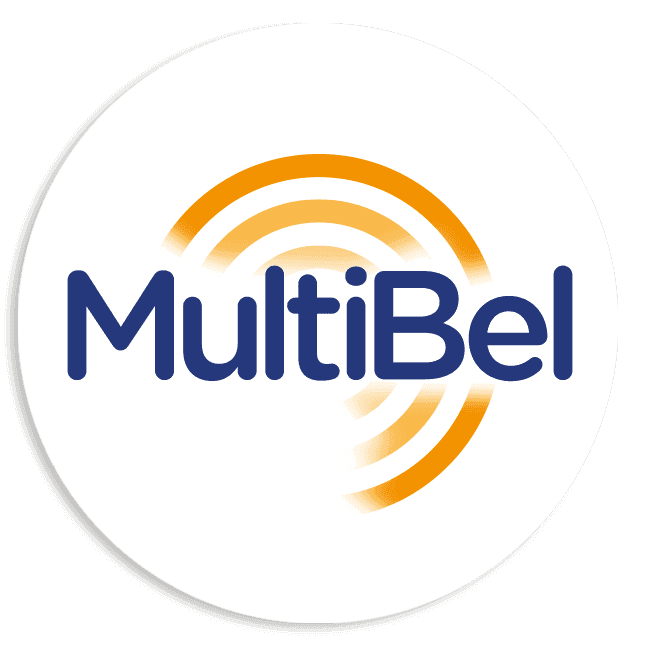Table of contents
6 structural differences between Germany and the Netherlands
At MultiBel, we see every day how effective a modern alerting system can be — especially in nursing homes, hospitals, and similar care facilities.
In the Netherlands, our solution is already used in over 50% of hospitals and has established itself as a reliable standard. In Germany, however, many facilities still rely on traditional systems, while modern digital alerting solutions are only slowly gaining traction.
One reason for this lies in the differences in legislation, practical implementation, and safety culture, areas where the Netherlands is already significantly more advanced. The following comparison highlights where these differences exist, what advantages the Dutch framework offers, and where Germany still has room for improvement.
1. Legal framework: safety on paper or in practice?
In the Netherlands, the “Besluit bouwwerken leefomgeving (Bbl)” sets clear national standards for fire safety, escape routes, and alerting systems in care facilities. This is supplemented by binding technical standards such as:
- NEN 2535: for fire alarm systems
- NEN 2555: for smoke detectors in residential and sleeping areas
These regulations are uniform and mandatory nationwide. Particularly important: as soon as non-self-sufficient individuals — such as nursing home residents — are housed in a facility, stricter safety requirements apply.
This includes the automatic forwarding of alarms not only internally, but also directly to the fire brigade.
In Germany, things are more complex. Building and fire safety regulations are determined at the state (Länder) level. Although nursing homes are classified as “special buildings” with increased safety requirements, the exact design of alerting and evacuation systems varies significantly between states and between new and existing buildings.
The result: There is no nationwide, binding requirement for modern alerting systems in Germany, even though care facilities pose particularly high risks.
2. Alerting and evacuation systems: digitalisation vs. tradition
In the Netherlands, automatic fire detection systems, comprehensive smoke detectors, and digital multi-channel alerting have long been standard.
Many facilities have direct interfaces with the fire brigade, automated emergency protocols, and regularly tested evacuation plans.
Organisationally, too, more is done:
- Alerts are often sent simultaneously via multiple channels: app, SMS, phone, or audible signals, depending on the incident.
- Training and evacuation drills are legally mandated, not just “recommended.”
- New regulations (from July 2024) prohibit blocking escape routes: no furniture, e-scooters, or plants may obstruct exits.
In Germany, by contrast:
- Many facilities still use outdated systems, such as alarm buttons without feedback, analog loudspeakers, or simple call systems.
- Automatic forwarding of alarms to the fire brigade is not mandatory, and often depends on local discretion.
- Digital alerting via apps or mobile devices remains the exception, even though such systems could offer enormous advantages — especially at night or during staff shortages.
3. Responsibilities and maintenance: regularly tested or only once at approval?
In the Netherlands, it is clearly regulated: fire alarm and alerting systems must be regularly maintained, tested, and certified.
Operators bear clear responsibility, and external inspections are carried out routinely.
In Germany, although there is also a maintenance obligation, in practice:
- Inspections are often infrequent or only spot-checked.
- Older buildings enjoy grandfathering, meaning they are not required to be upgraded to modern standards.
- Liability issues remain unclear, many operators are unaware of whether they are truly protected in the event of an emergency.
4. The decisive difference: the mindset
Beyond technical and legal differences, there is a more fundamental gap: safety culture. In the Netherlands, awareness of safety and prevention is significantly stronger.
Care providers, housing associations, and municipalities act proactively:
- They implement systems that go beyond minimum legal requirements.
- They conduct regular evacuation drills, often involving fire and rescue services.
- They invest consciously in digital solutions to reduce workload and better protect residents.
In Germany, by contrast, measures are often taken reactively — only after incidents occur. Investments in modern alerting or evacuation systems are often delayed due to cost considerations, even though the potential damage in an emergency would be far greater.
5. MultiBel in practice: supporting care facilities
As a provider of a SaaS-based alerting and crisis management system, we believe Germany can catch up in terms of safety and digitalisation — especially when modern solutions are easy to implement and adapt.
With MultiBel, care facilities benefit from:
- Multi-channel alerting (app, SMS, phone call, siren, etc.)
- Different alert levels for fire, medical emergencies, evacuations, technical malfunctions, and more
- Seamless integration with existing systems (fire alarms, call systems)
- Implementation of custom response and evacuation plans
- Legally compliant logging and documentation for authorities
- Personal safety features, including panic button, man-down alarm, and interval control
- Critical Event Management (CEM) to detect, analyse, and respond to incidents effectively
6. Recommendations for decision-makers in Germany
What can care facilities in Germany do today?
✅ Conduct a status check: How is alerting currently handled? Which systems are in place? Are automatic notifications configured?
✅ Perform a risk assessment: How mobile are residents? How long does an evacuation take? Are there staff shortages during certain shifts?
✅ Explore digitalisation: Could a mobile alerting system like MultiBel help your team respond faster — especially at night or during crises?
✅ Collaborate with authorities: Involve the fire brigade and fire safety officers early on. Plan together, rather than being surprised by inspections.
Conclusion: The Netherlands as a role model, time for change in Germany
The comparison makes it clear: In the Netherlands, the protection of people in care facilities is supported by clear regulations, modern technology, and a strong safety culture.
Germany has the opportunity to catch up: through clearer legislation, better training, and the adoption of smart technologies like MultiBel. Ultimately, it’s about the most important thing of all: protecting human lives.
Interested in learning how your facility can improve its emergency readiness?
Discover how MultiBel protects lives in the Netherlands — and how your organisation can benefit too.

